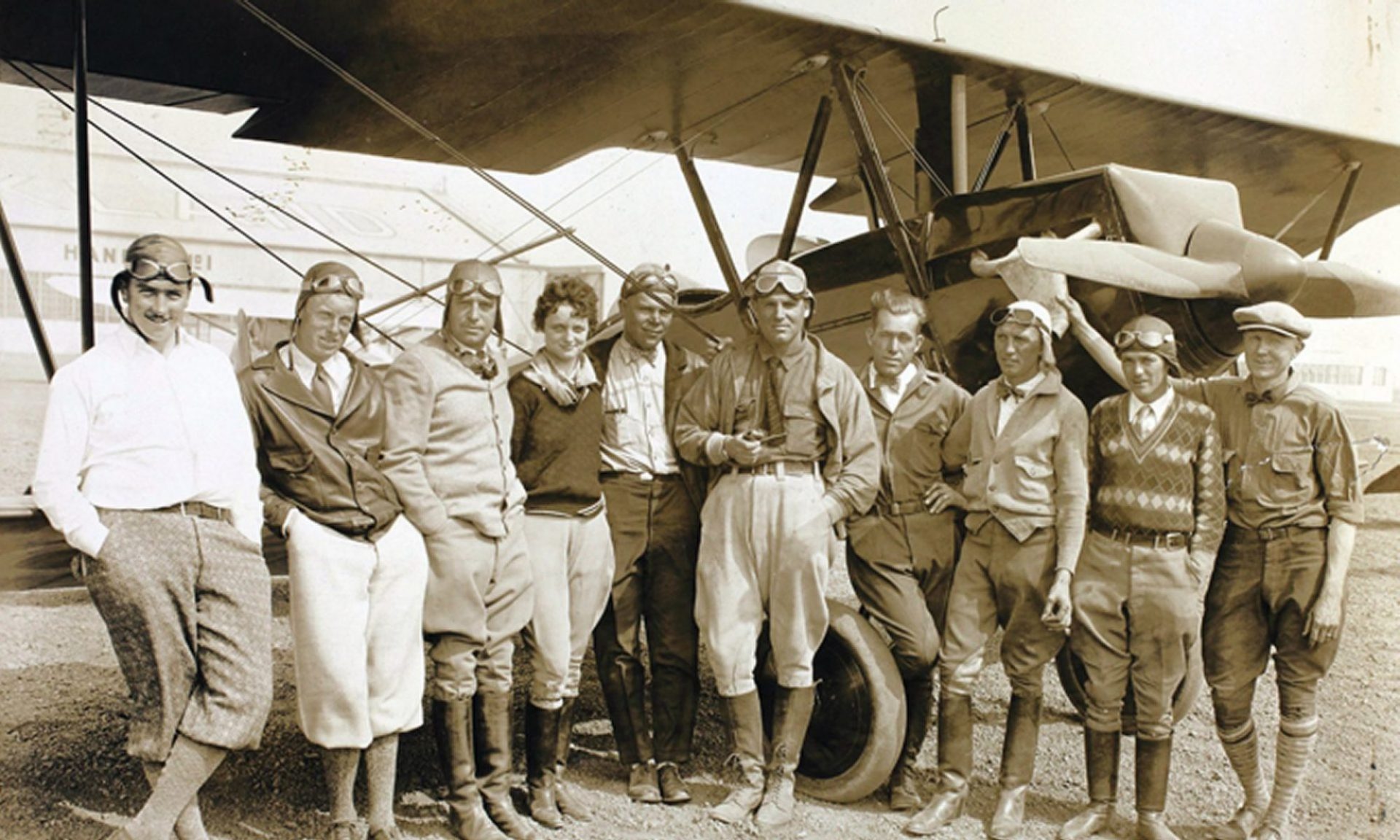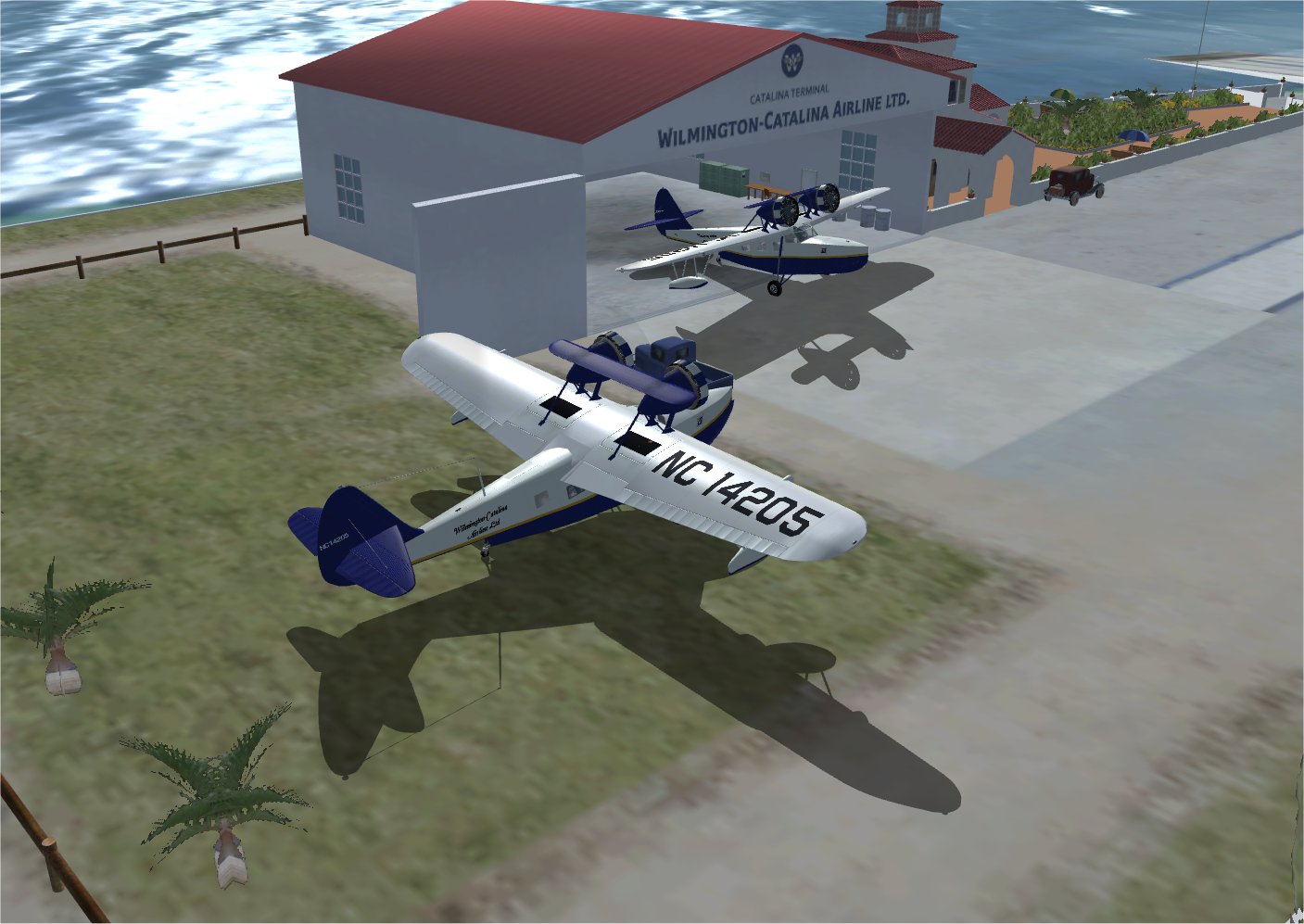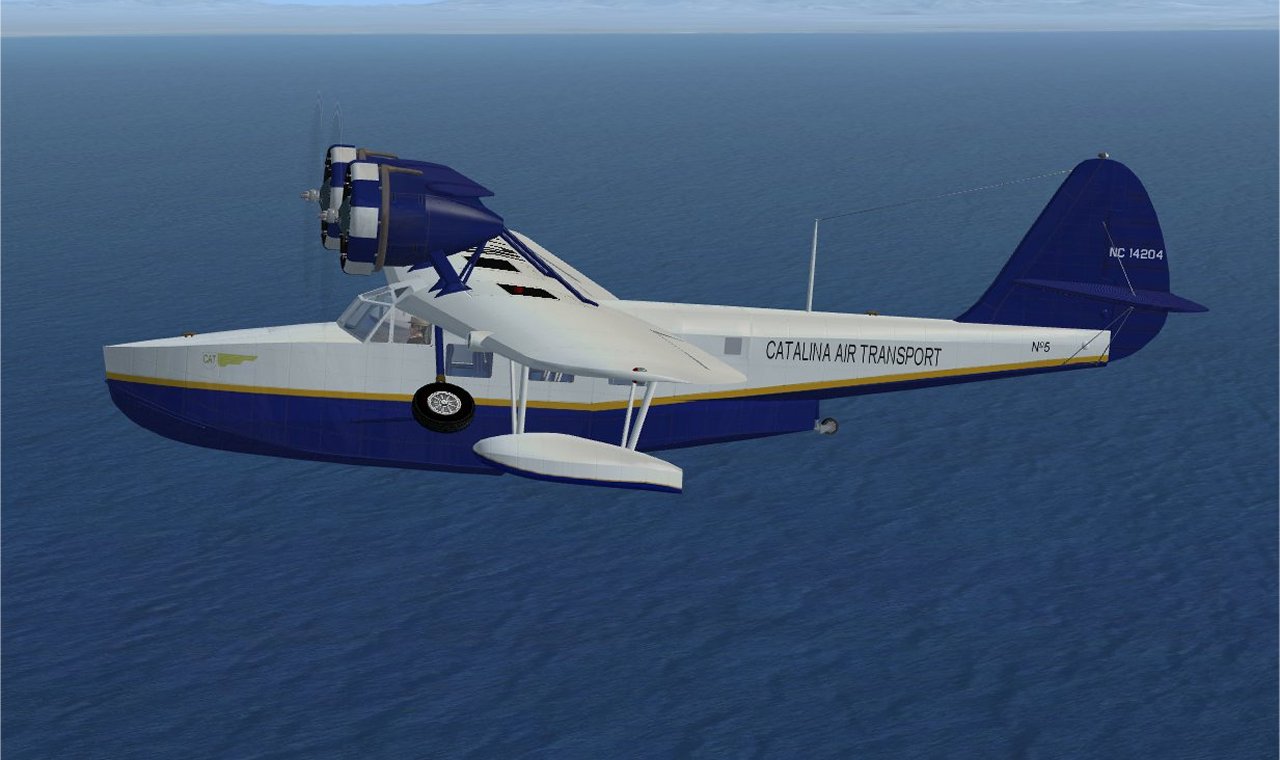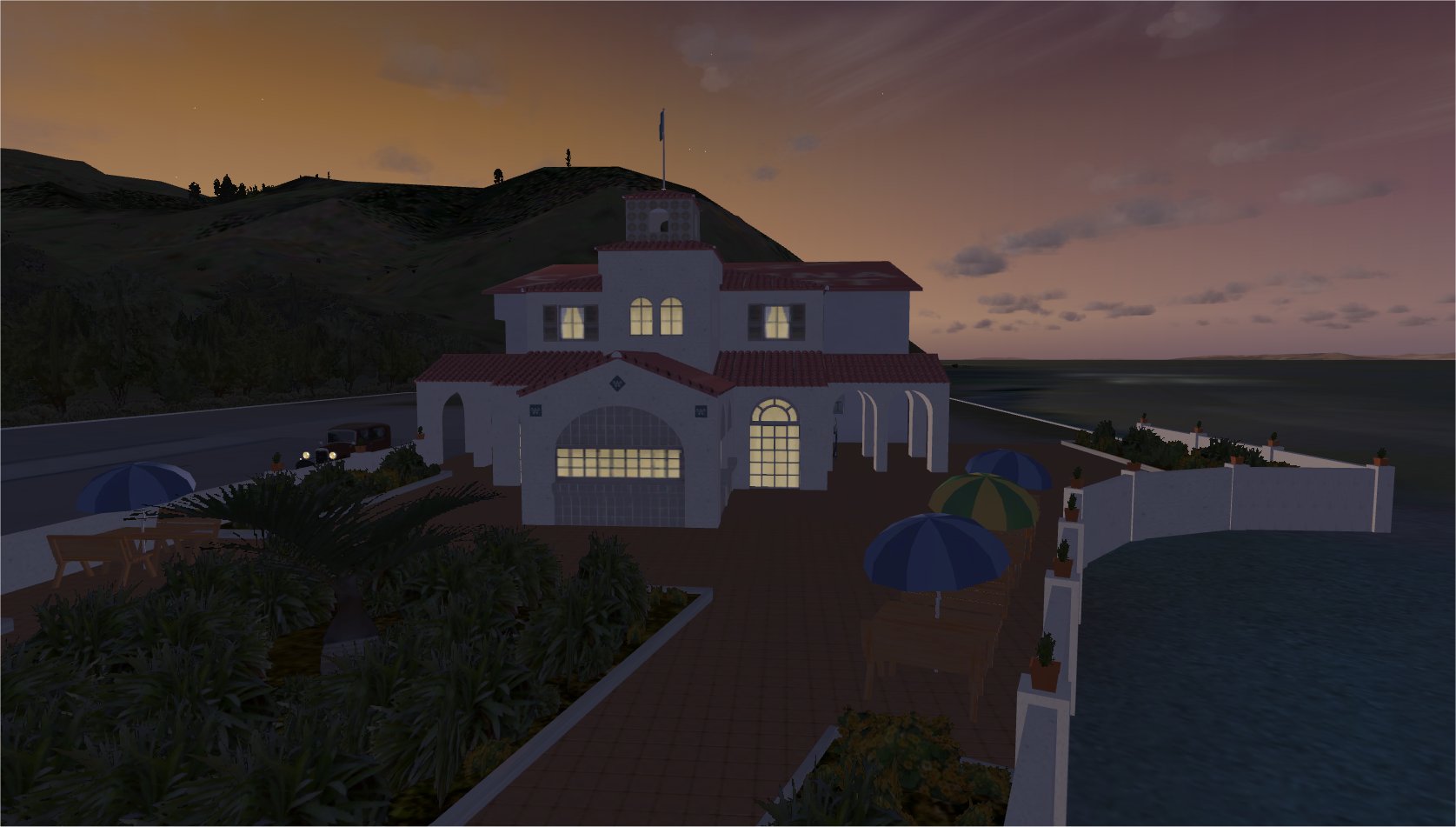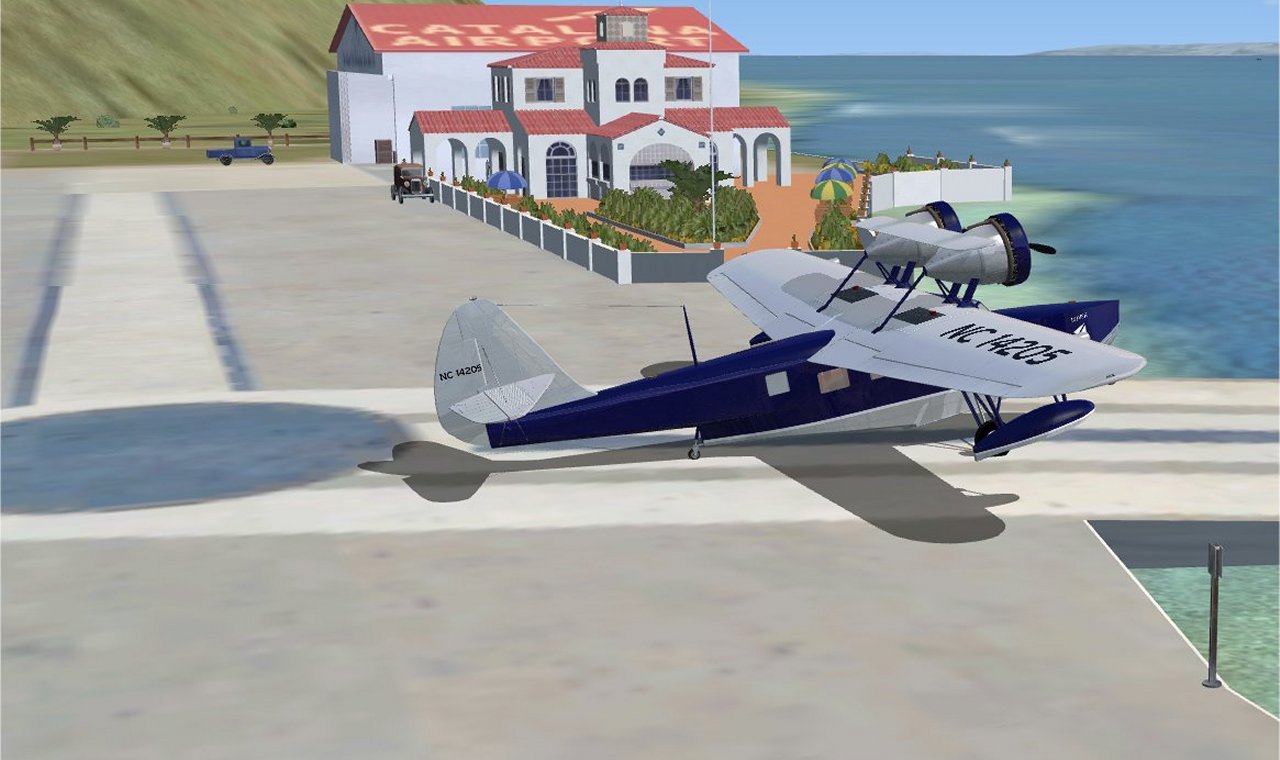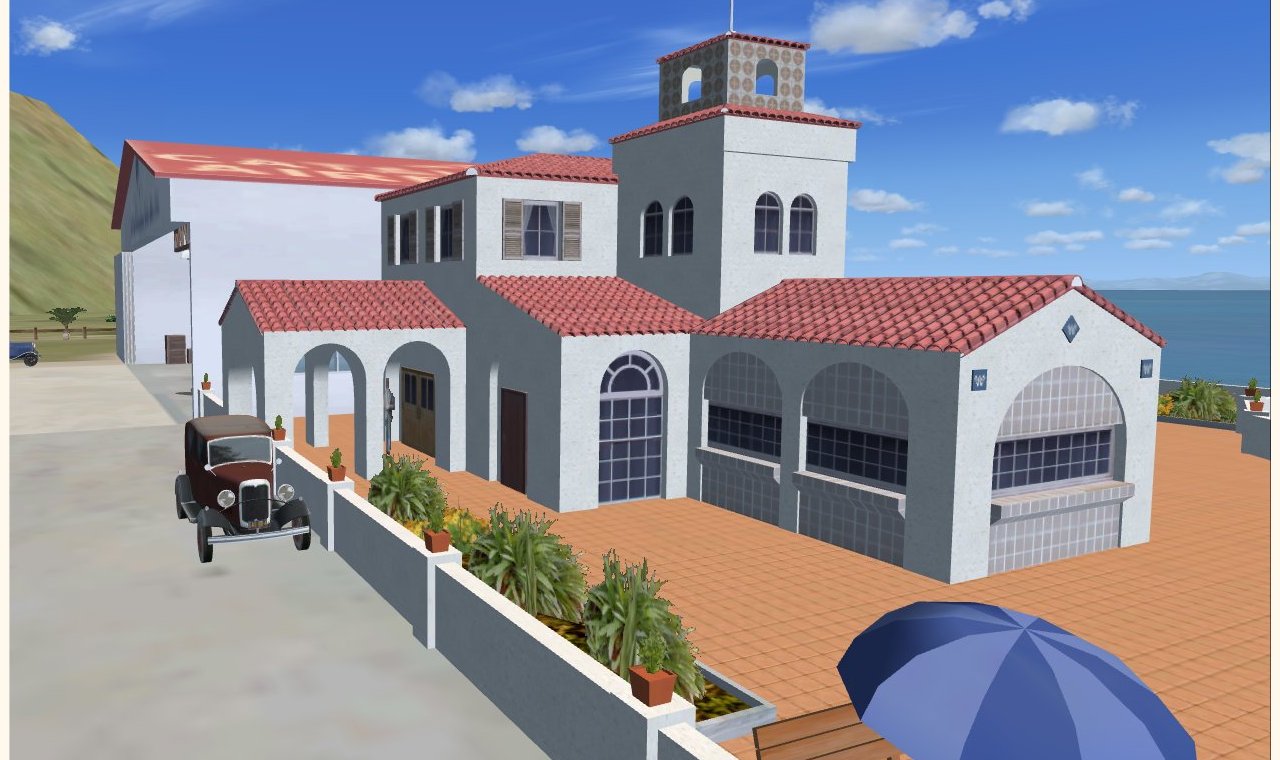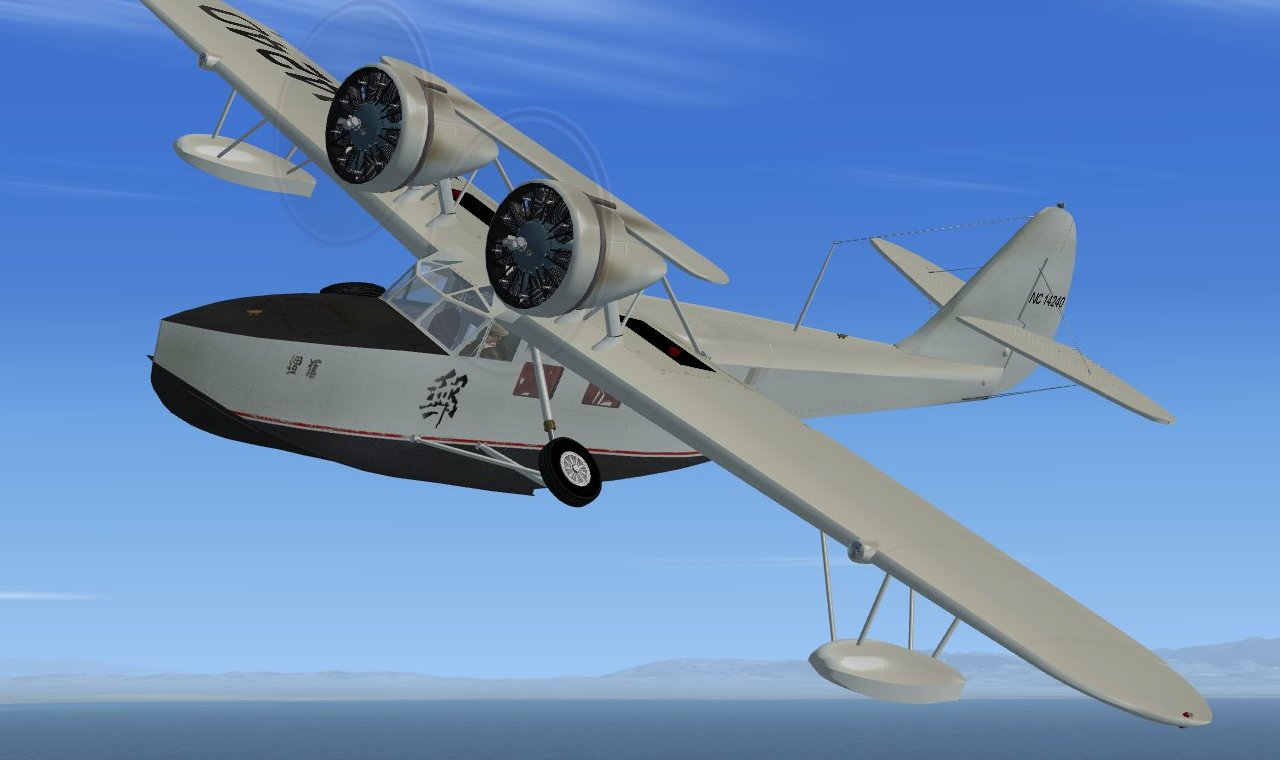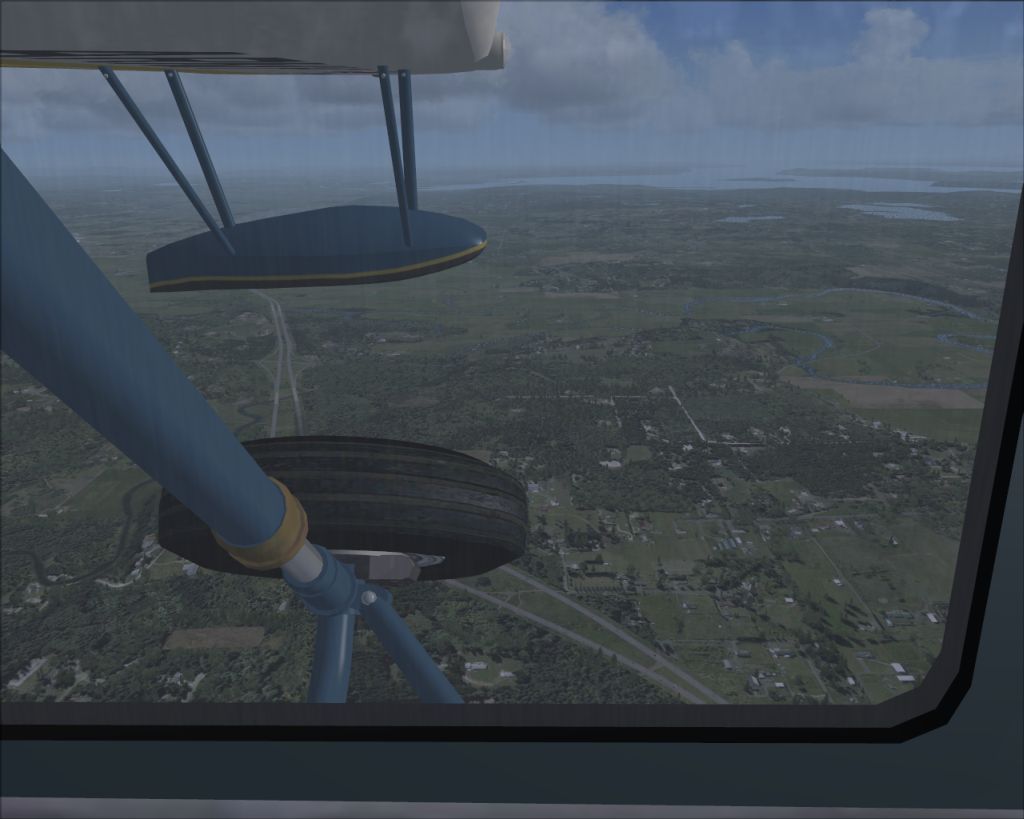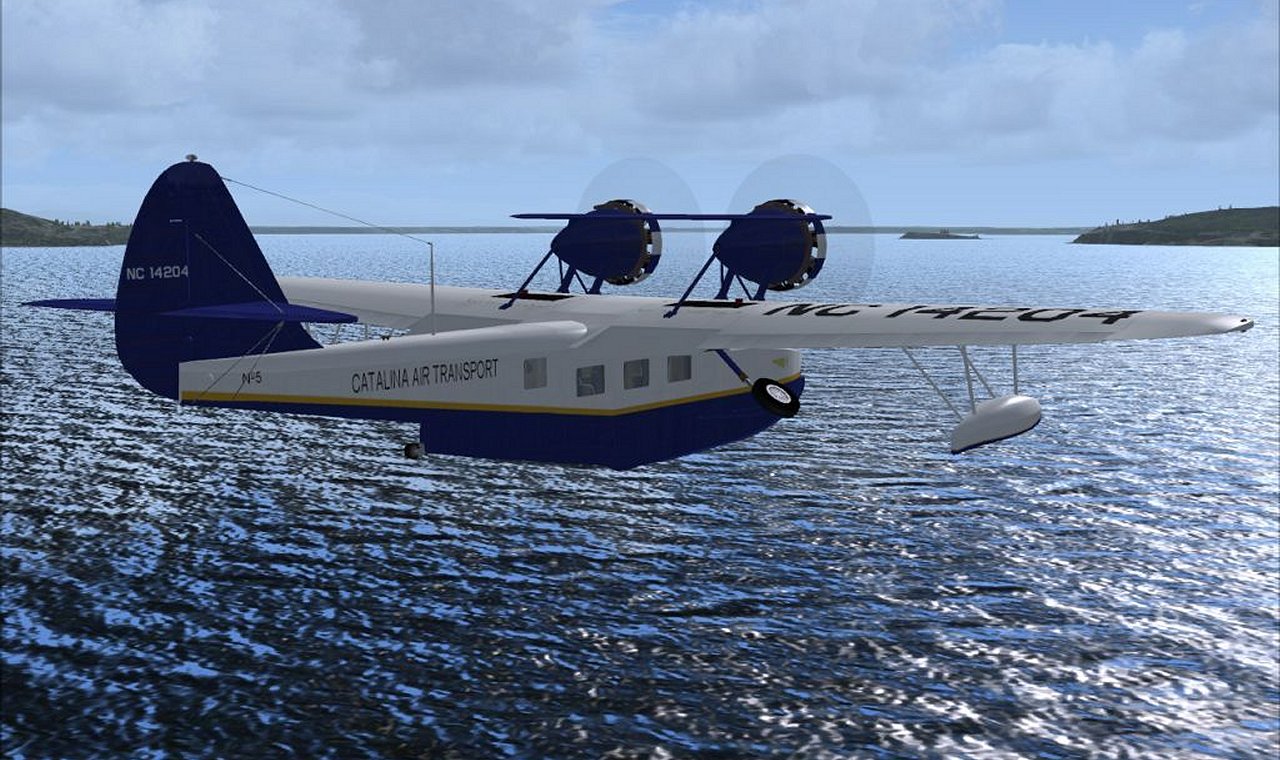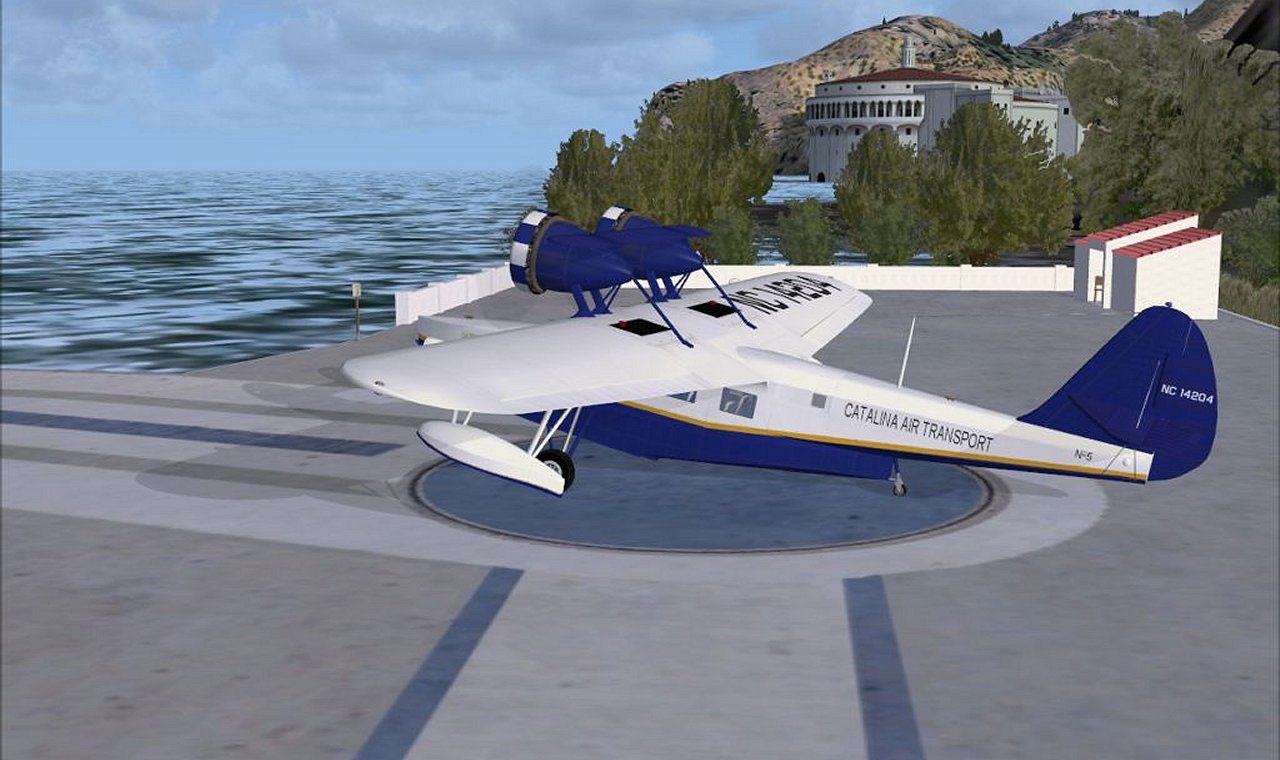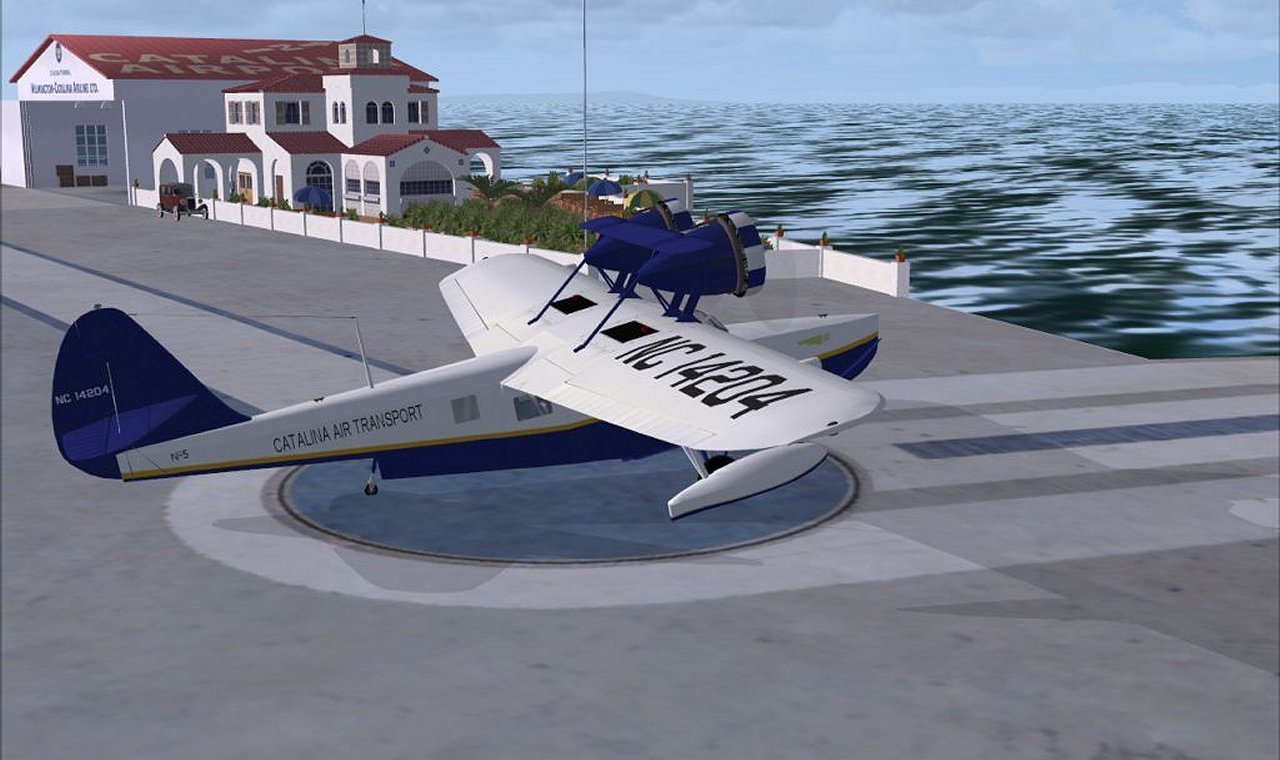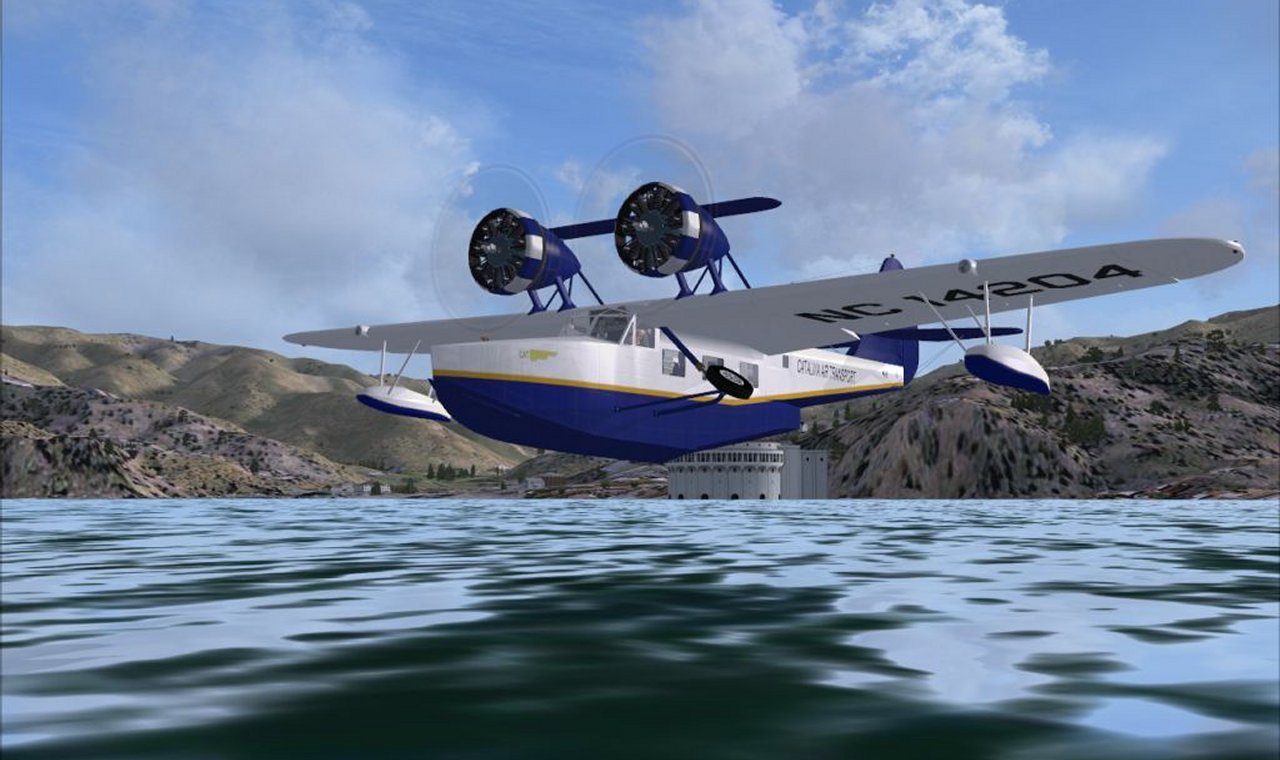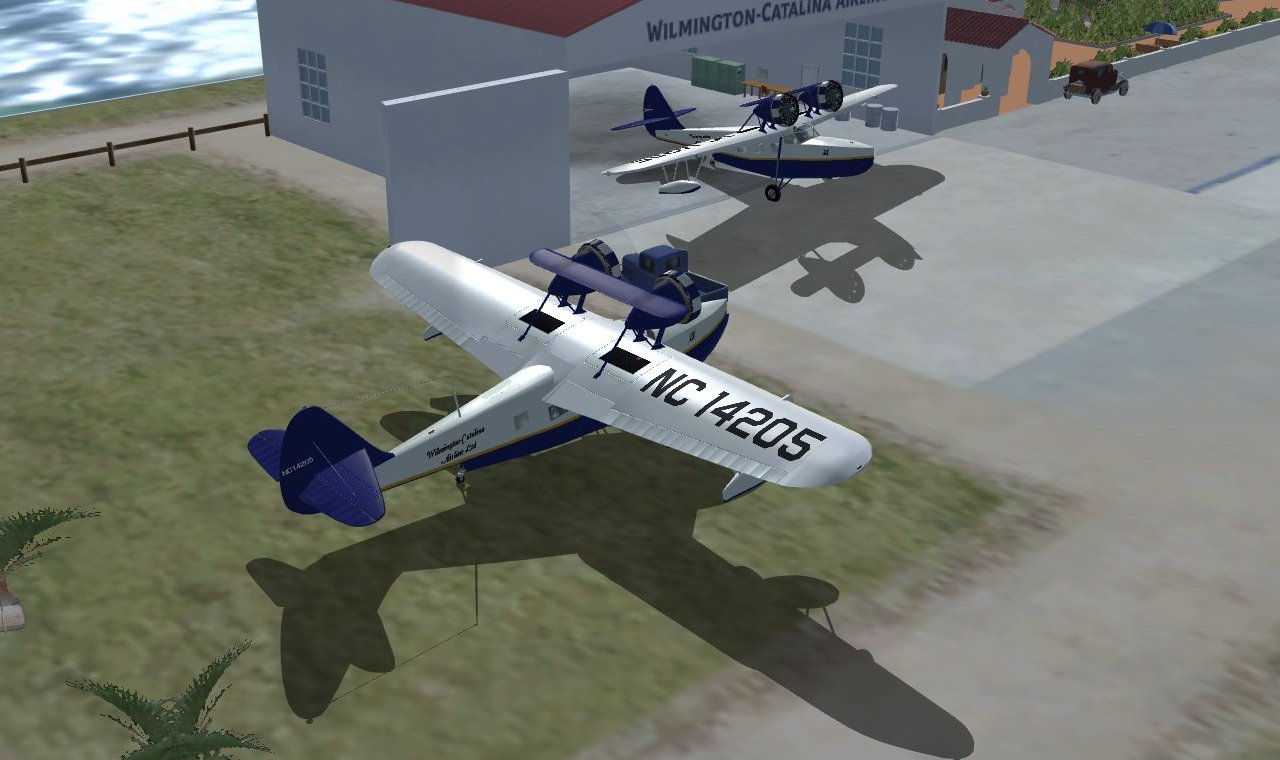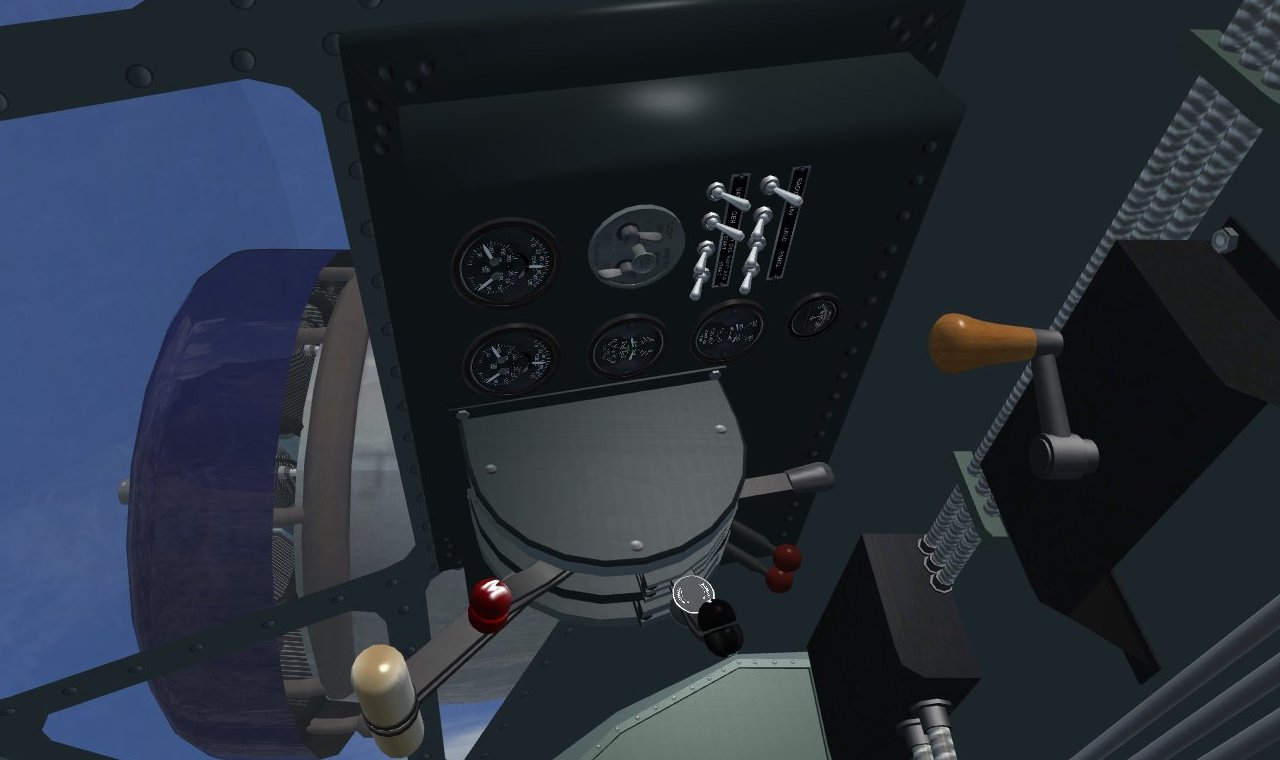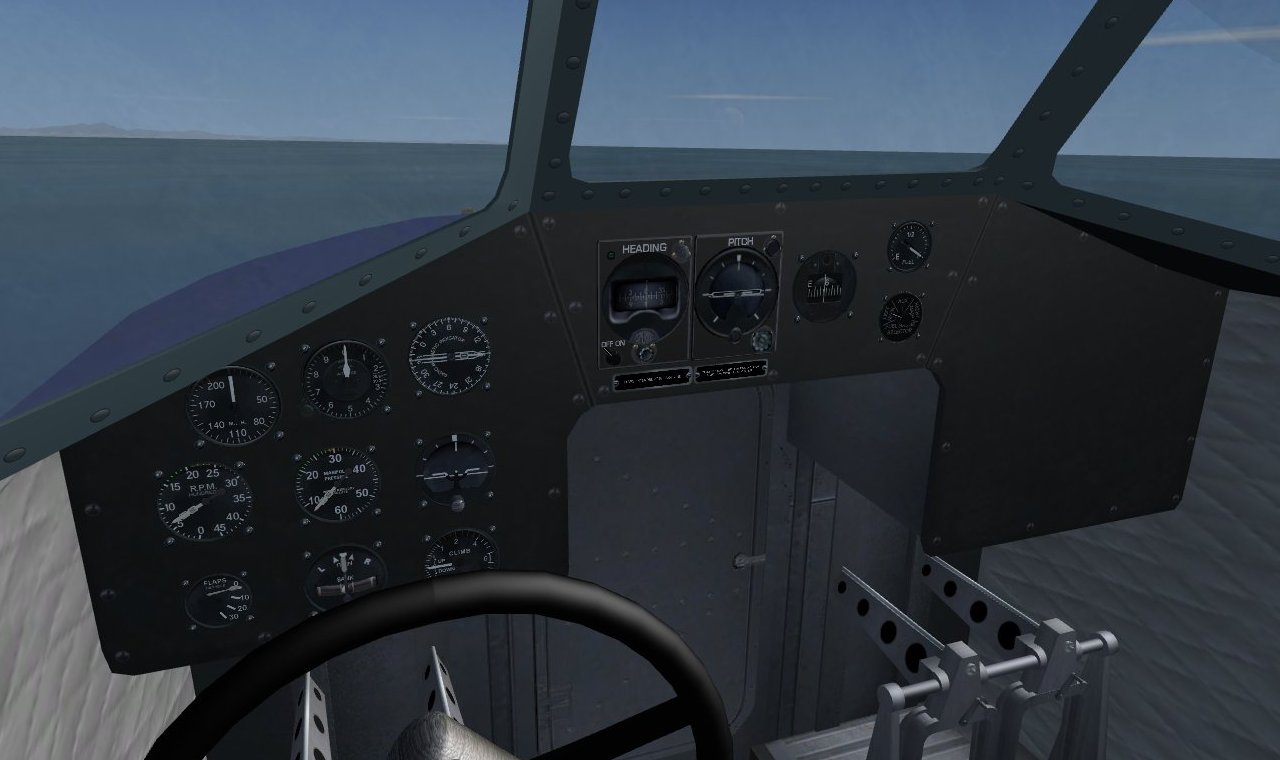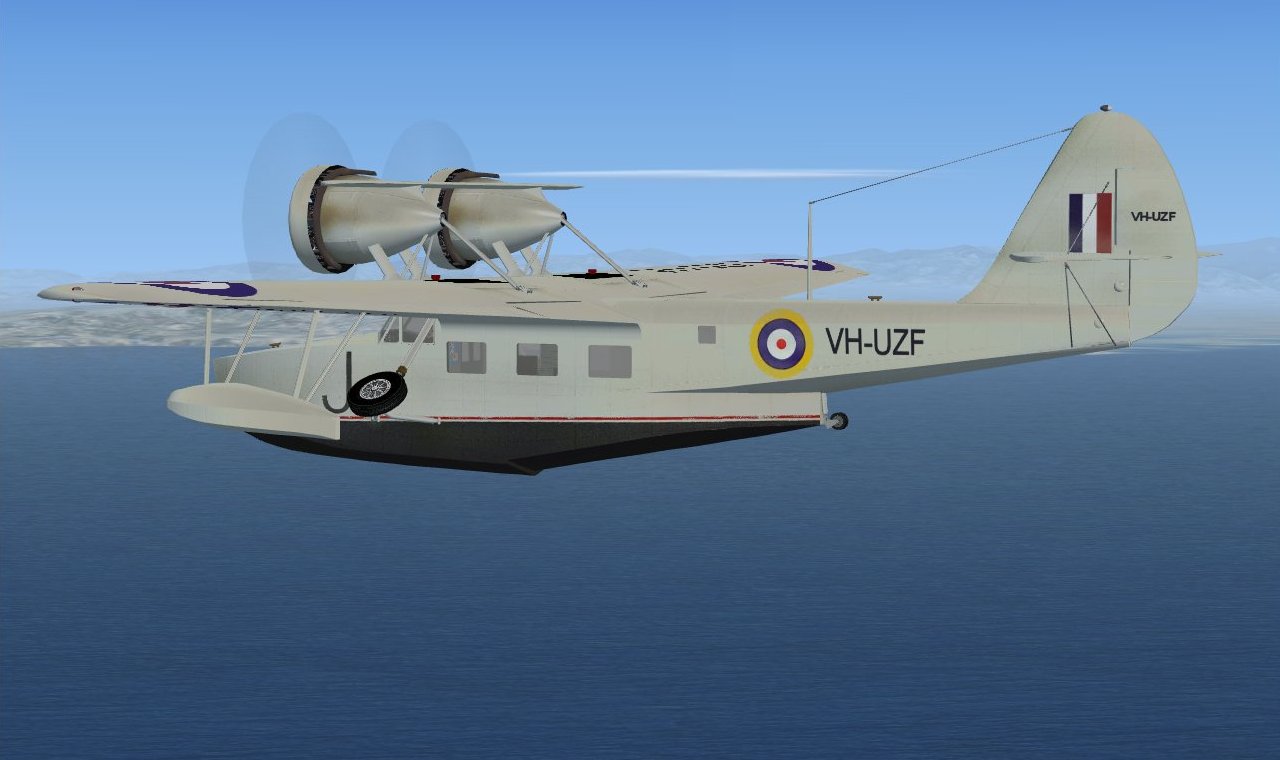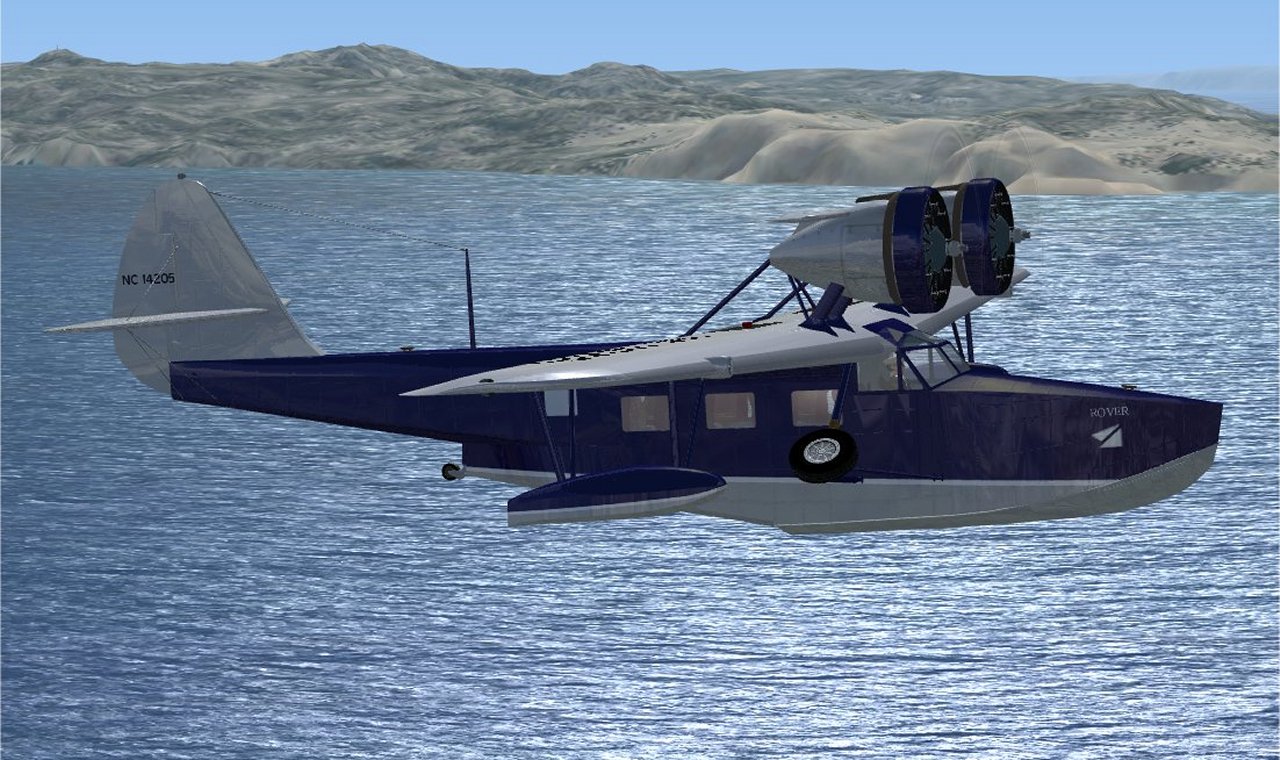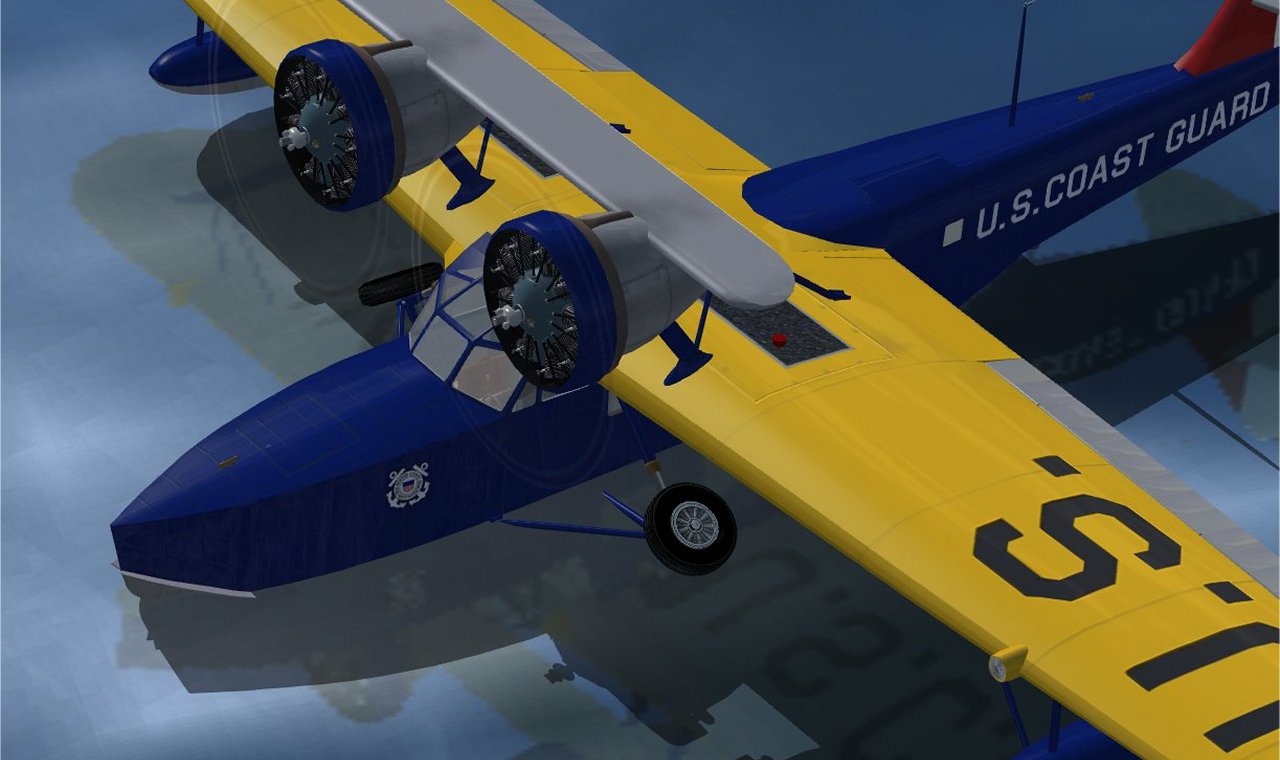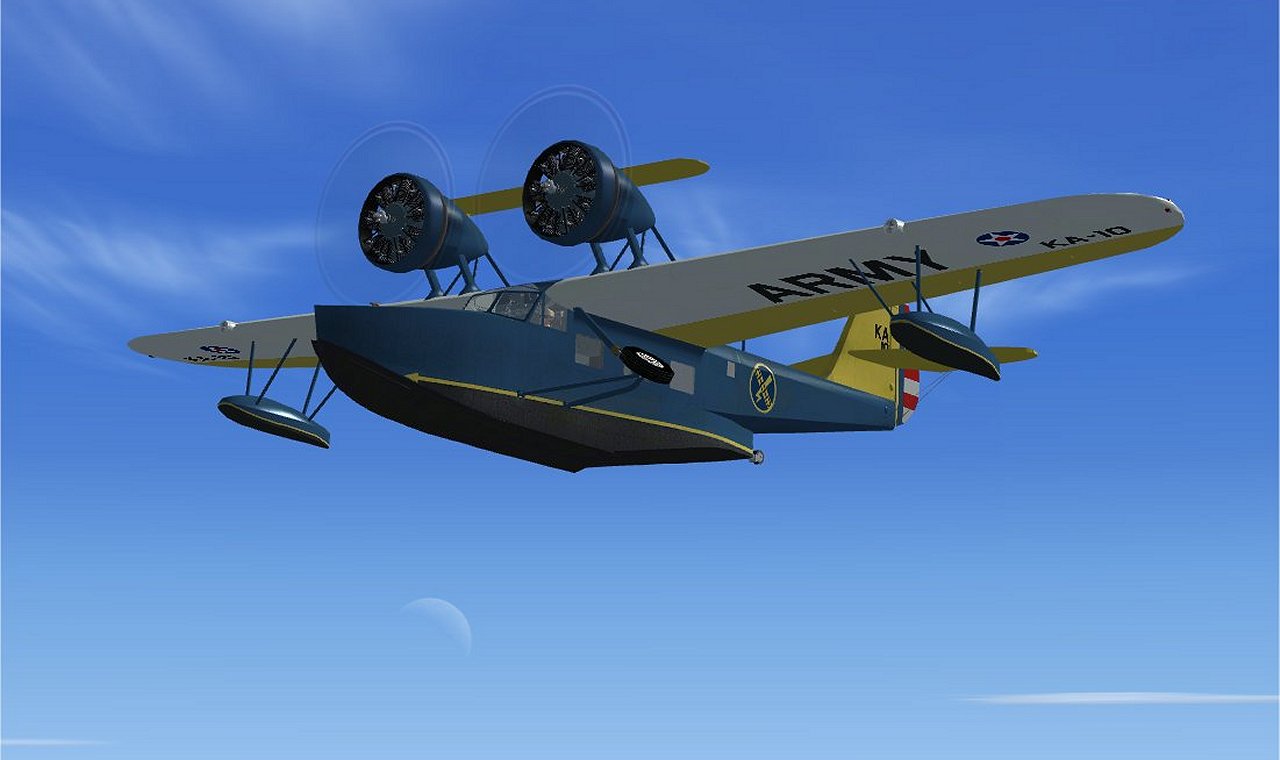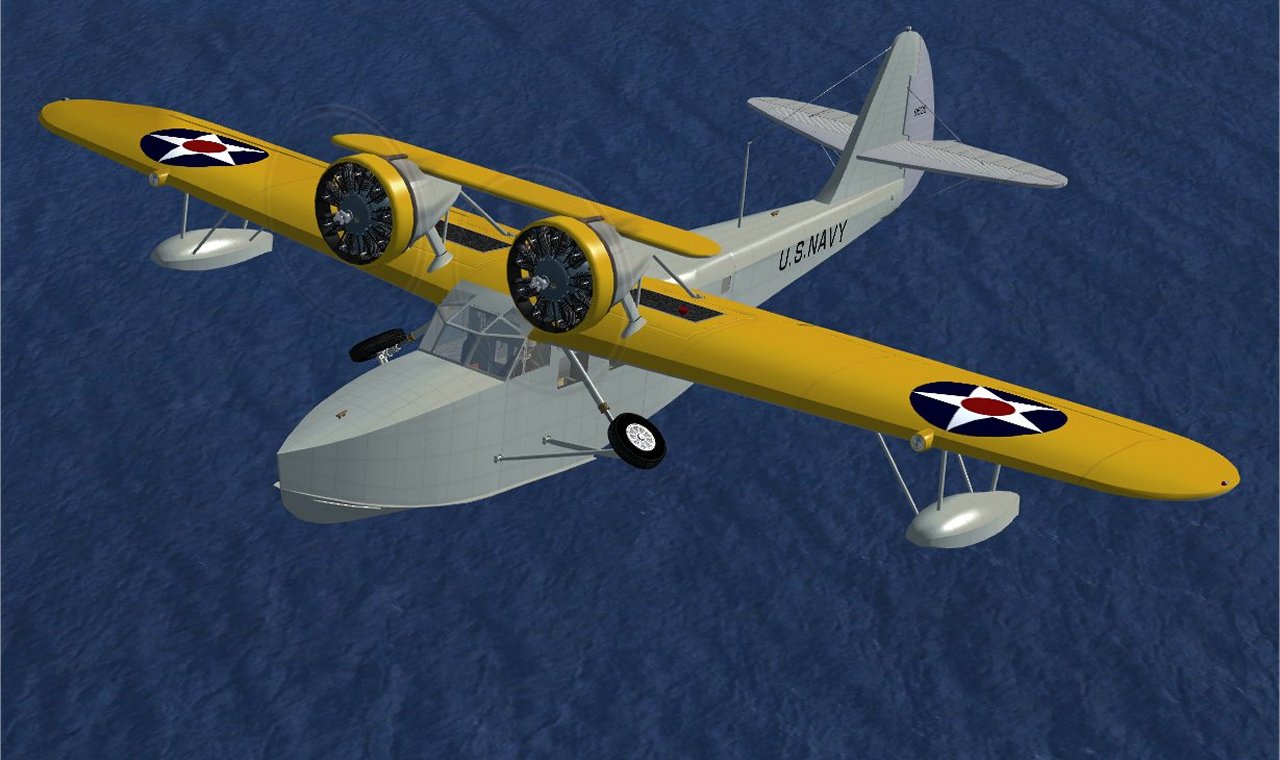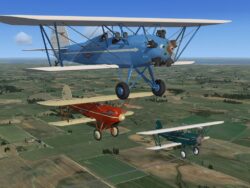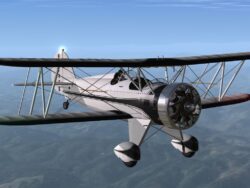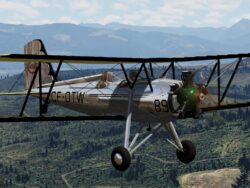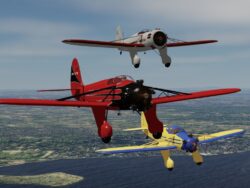Description
The Dolphin originated in 1930 as the “Sinbad,” a pure flying boat without wheels. The Sinbad was intended as a luxurious flying yacht. The Great Depression had curtailed demand for such extravagance, but Douglas managed to interest the United States Coast Guard who not only bought the Sinbad, but 12 Dolphins.
Undaunted by the lack of demand, Douglas improved the Sinbad in 1931 so that it was amphibious, and could land on water or land. The improved aircraft was named “Dolphin”.
There were a total of 58 aircraft over the life of its production run. The first two were purchased by Wilmington-Catalina Airlines to fly passengers between Los Angeles and Santa Catalina Island, becoming the first successful Douglas airliners. Subsequent examples were ordered by the United States Navy and US Coast Guard for use as transports and search and rescue craft. The U.S. Army Air Corps ordered several under the designations C-21, C-26, and C-29. Many were eventually ordered for their original purpose as luxury transports. Owners included William Boeing, the founder of the Boeing Company, and Philip K. Wrigley, the son of the founder of the William Wrigley Jr Company. William K. Vanderbilt bought two with custom interiors for use from the Vanderbilt yacht Alva as flying tenders.
Golden Age Simulations has re-created these magnificent aircraft for Microsoft’s Flight Simulator X. Our aircraft is intended to be representative of the line of Dolphins and not of any one model or owner. The goal was to provide a historically accurate representation of these Golden Age seaplanes as well as an enjoyable experience for the simulator pilot.
The package contains three distinct versions of the aircraft with a total of 8 unique and historically accurate liveries. There the commercial version most notably flown by the Wilmington-Catalina Airlines; the military version, the most produced by Douglas, and the personal luxury transport as flown by William K. Vanderbilt and Bill Boeing.
Also included is a custom scenery package that brings back to life the original Catalina Seaplane airport on Santa Catalina Island. In 1931, Philip Wrigley helped design the unique airport at Hamilton Cove, the second cove north of Avalon. This airport was designed to accommodate the Douglas Dolphin amphibian planes of the Wilmington-Catalina Air Line, Ltd., a Wrigley-operated firm. This airport was in continual use until 1941 when WW II brought an end to seaplane operations to Catalina Island. Our presentation is an accurate representation of that facility complete with vintage autos and night lighting.
A detailed Flight Instruction manual is included in the package along with a paint kit for those that wish to customize their own Dolphin.
